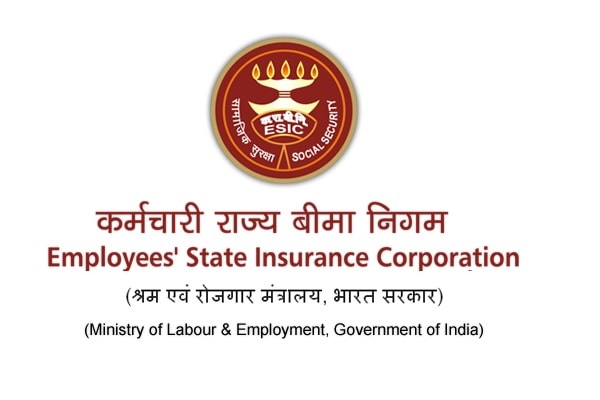The Government of India has taken a historic decision to reduce the rate of contribution under the ESI Act from 6.5% to 4% (employers’ contribution being reduced from 4.75% to 3.25% and employees’ contribution being reduced from 1.75% to 0.75%). Reduced rates will be effective from 01.07.2019. This would benefit 3.6 crore employees and 12.85 lakh employers.
The reduced rate of contribution will bring about a substantial relief to workers and it will facilitate further enrollment of workers under the ESI scheme and bring more and more workforce into the formal sector. Similarly, reduction in the share of contribution of employers will reduce the financial liability of the establishments leading to improved viability of these establishments. This shall also lead to enhanced Ease of Doing Business. It is also expected that reduction in rate of ESI contribution shall lead to improved compliance of law.
The Employees’ State Insurance Act 1948 (the ESI Act) provides for medical, cash, maternity, disability and dependent benefits to the Insured Persons under the Act. The ESI Act is administered by Employees’ State Insurance Corporation (ESIC). Benefits provided under the ESI Act are funded by the contributions made by the employers and the employees.
(Also read: Signature of parents on CBSE Class X Marksheet cum Certificate for declaration of correct information)
Under the ESI Act, employers and employees both contribute their shares respectively. The Government of India through Ministry of Labour and Employment decides the rate of contribution under the ESI Act. Presently, the rate of contribution is fixed at 6.5% of the wages with employers’ share being 4.75% and employees’ share being 1.75%. This rate is in vogue since 01.01.1997.
The Government of India in its pursuit of expanding the Social Security Coverage to more and more people started a programme of special registration of employers and employees from December, 2016 to June, 2017 and also decided to extend the coverage of the scheme to all the districts in the country in a phased manner. The wage ceiling of coverage was also enhanced from Rs. 15,000/- per month to Rs. 21,000/- from 01.01.2017.
These efforts resulted insubstantial increase in the number of registered employees i.e. Insured Persons and employers and also a quantum jump in the revenue income of the ESIC. The figures are as under: -
| Year | No. of Employees | No. of Insured Persons (in crores) | Total contribution received (in Rs. crores) |
| 2015-16 | 7,83,786 | 2.1 | 11,455 |
| 2016-17 | 8,98,138 | 3.1 | 13,662 |
| 2017-18 | 10,33,730 | 3.4 | 20,077 |
| 2018-19 | 12,85,392 | 3.6 | 22,279 |
The Government of India is committed to the cause of welfare of employees as well as employers.
It is also committed to improve the quality of medical services & other benefits being provided under the ESI scheme.
(Also read: Cabinet approves Bill to make Aadhaar people friendly)
(Also read: NEFT and RTGS charges will be waived from 1 July 2019)
Disclaimer: The above post includes some content used from PIB India website and executed on this website for fair use only. As this website is of educational nature, hence the content is used for education and awareness to the public.


What is ESI